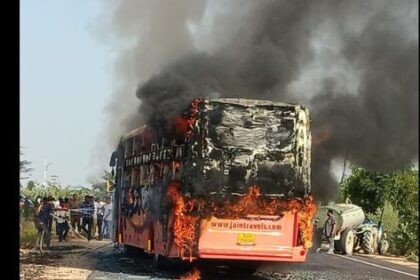Last chance for candidates to register for NMAT 2025 exam before application window closes.
The Graduate Management Admission Council (GMAC) is set to close the online application window for the NMAT 2025 today, October 18, 2025. This marks the final opportunity for eligible candidates to register for the exam, which is an important step for those seeking admission to prestigious graduate business programs.
Interested candidates can apply for the exam by visiting the official website at mba.com/exams/nmat. It is essential for applicants to note that the previous application deadline was October 10, 2025, making today a crucial date for potential test-takers.
The NMAT exams are scheduled to take place from November 5 to December 19, 2025. Each candidate will have 120 minutes to complete the test, which will consist of 108 questions. The structure of the exam allows candidates to attempt the test three times within a single testing cycle, providing them with multiple chances to achieve their desired scores.
Once candidates complete the NMAT by GMAC exam, they can expect their scorecards to be available for download within 48 hours. This quick turnaround time is beneficial for those eager to proceed with their application processes to business schools.
The registration fee for the NMAT is set at Rs 3000, along with any applicable taxes. For candidates looking to register, the process involves a few straightforward steps. First, they need to visit the NMAT homepage and click on the “Create your NMAT Account” option. After registering, applicants must fill out the necessary forms, pay the registration fee, and submit their applications. It is advisable for candidates to take a printout of the completed form for future reference.
As the application window draws to a close, candidates are encouraged to act swiftly to ensure their participation in the NMAT 2025. For more detailed information regarding the exam and registration process, candidates can access the official website provided above.
Further details are expected as agencies align on next steps and documentation.
Communication from officials often clarifies procedures, interim measures and any phased rollouts.
The sequence of updates will shape how the story evolves over the next few days.
Local impact may differ by region; much depends on on-ground execution and coordination.








